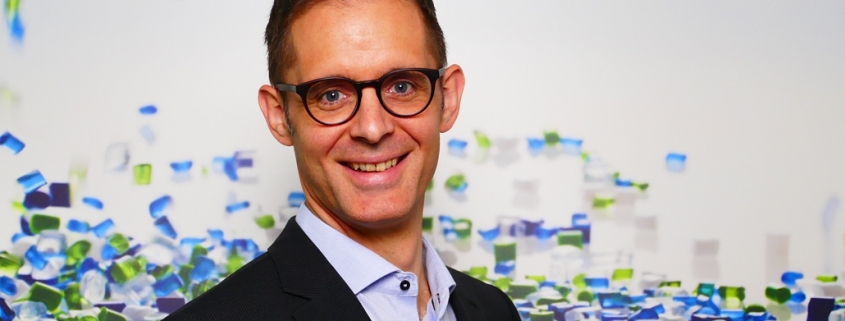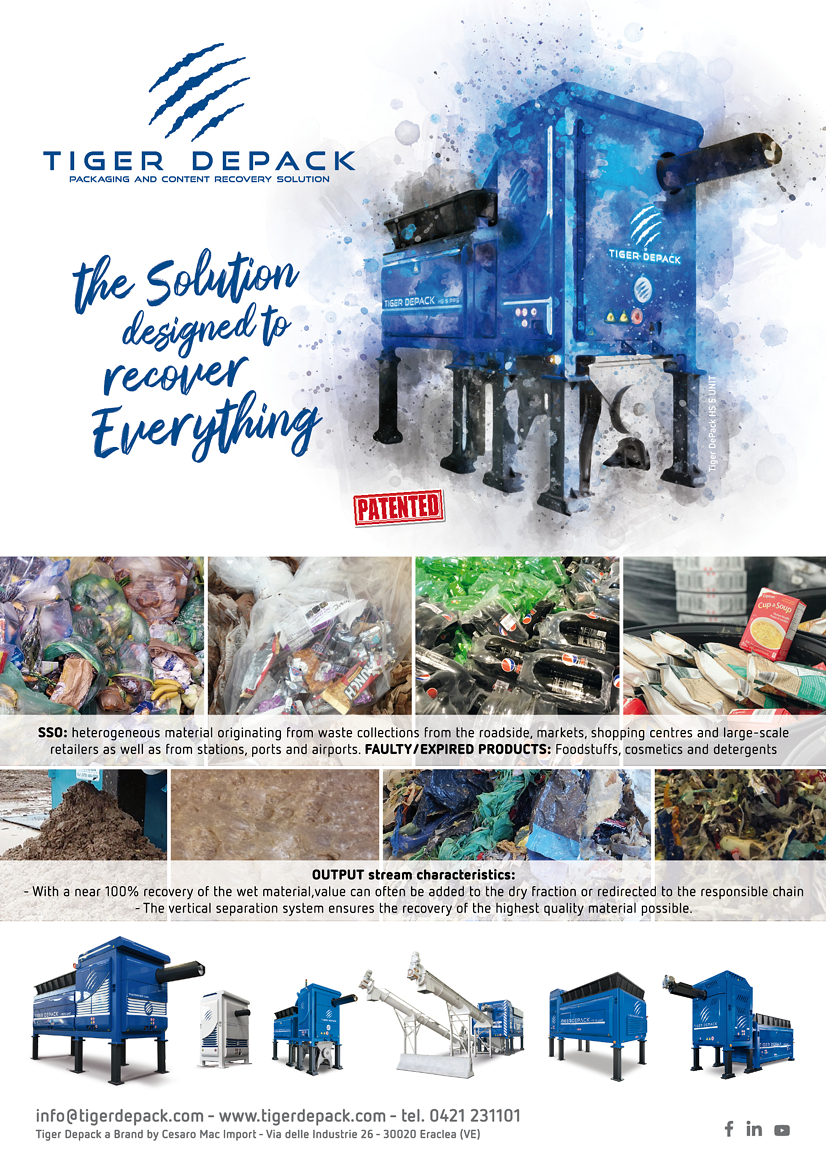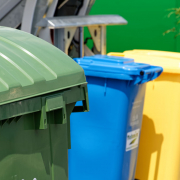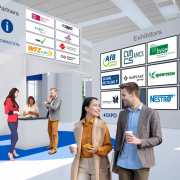Goal: A Closed Loop for Styrenics
The Germany-based company INEOS Styrolution has demonstrated that a circular economy regarding styrenics is possible. That is a considerable step forward, based on mechanical and chemical recycling.
Headquartered in Frankfurt am Main, the company produces styrene monomer, polystyrene, ABS standard and styrenic specialties with more than 90 years of experience and production facilities in Europe, Asia and the Americas. With its production technology, advanced research and development skills, Intellectual property (IP) and patents, INEOS Styrolution sees itself as perfectly equipped to ensure the highest level of quality, efficiency and innovation. In the following interview Johannes Musseleck, Director of Global Strategy at INEOS Styrolution, informs GLOBAL RECYCLING Magazine about the company’s solutions for a circular economy.
Since early 2018, INEOS Styrolution has been exploring the mechanical recycling of Acrylonitrile Butadiene Styrene (ABS), and now offers the first two products of the newly launched ECO family. Can the products’ properties match the profiles of their non-recycled counterparts?
Our aim and our dedication at INEOS Styrolution is to create sustainable styrenics solutions that have the product performance and properties on par with conventional solutions. Launched in October last year, our two new recycled ABS grades, Terluran ECO GP-22 MR50 and Terluran ECO GP-22 MR70, contain respectively 50 and 70 percent of recycled post-consumer ABS from waste electrical and electronic equipment (WEEE). The properties of these recycled grades match the property profile of the virgin ABS grades.
There has been a high demand by brand owners interested in these products. During the past months, Terluran ECO was widely tested by big brand owners, who gave very positive feedback about how it is meeting their expectations. This ideal drop-in solution does not compromise in performance, and manufacturers do not need to adapt their technology or production processes. Moreover, this recycling process is less energy-intensive, has a much lower carbon footprint in comparison to conventional production processes and will reduce the amount of waste that ends up in a landfill. Today, we are in different stages of development with several customers to implement Terluran ECO grades in their running processes. In short: The product properties of the new material absolutely match the property profile of its non-recycled counterparts.
In 2019, INEOS Styrolution achieved a breakthrough in the chemical recycling of polystyrene. Furthermore, the company is working on the realization of this method on a pilot and industrial scale. What specific measures have been planned – or have already been implemented?
Indeed, in April 2019, we produced a lab-scale quantity of general-purpose polystyrene from 100 percent recycled styrene monomer in our Antwerp plant in Belgium. The material was the result of experimental polystyrene production runs with styrene monomer feedstock produced from the depolymerization of post-consumer polystyrene waste. That is part of our dedicated efforts to close the loop on polystyrene, one of the most recyclable plastics materials. Therefore, we teamed up with commercial partners, research institutes and leading-edge technology providers to build first production sites with significantly bigger capacities. In Europe, we collaborate on a depolymerization facility in Antwerp, Belgium. In the Americas, we are engaged in setting up a depolymerization plant in Channahon, Illinois, USA, next to our existing polystyrene plant.
We have provided some batches of recycled polystyrene to some of our customers to test and jointly develop commercial solutions. We also have promising early results from two independent life impact assessment (LCA) studies on chemical recycling, which show at least 37 percent lower CO2 footprint compared to fossil-based styrene. That is a positive outcome for the depolymerization technology and will drive it forward.
INEOS Styrolution is also offering the integration of renewable feedstock as a replacement for fossil fuel in upstream existing petrochemical installations. What is the benefit of bio-attributed styrene?
In addition to our efforts to drive mechanical and chemical recycling, we are also offering the integration of renewable feedstock as a replacement for fossil fuel. This approach allows us to create more sustainable supply chains while retaining our already optimized and highly efficient infrastructure and processes. By using bio-attributed feedstock, we aim to reduce our environmental footprint and save valuable resources. The feedstock we source complies with the highest sustainability certification criteria by RSB (The Roundtable for Sustainable Biomaterials). That means that the renewable feedstock does not compete with food production and does not contribute to deforestation. Using bio-attributed styrene offers us a 74 percent lower greenhouse gas footprint when compared to styrene produced by fossil fuel. And for our customers, this approach presents a “drop-in” solution with identical product quality and properties and therefore does not require product development or new registration and regulatory approvals.
On an industrial scale, how much post-consumer material would be required for mechanical or chemical recycling?
We plan to develop first industrial plants with capacities of around 15 kilotons per year. But we do not stop there. We are already looking at longer-term volume scenarios, and together with partners, we analyzed the waste value chain. The good news is that we have been able to identify nearly all of the polystyrene packaging volumes that are put on the market in the waste value chain, so it is not getting lost. That means that we can use it for recycling. Our analysis clearly shows that the available waste will be sufficient for our recycling plans.
What would a circular economy for styrenics look like?
Plastics waste is too valuable as a resource to incinerate or landfill it, and styrenics are made for recycling due to their unique chemical properties. We strive to provide sustainable solutions to our customers and end-consumers such as producing high-quality products from recycled materials and offering the integration of renewable feedstock as a replacement for fossil fuel. But this cannot be achieved by one company alone, so we are trying to collaborate with companies along the value chain to close the loop from waste collection, sorting, recycling, and production of new goods from recycled and bio-attributed materials.
Mr. Musseleck, thank you for the interview.
(GR22020, Page 14, Photo: INEOS Styrolution)









